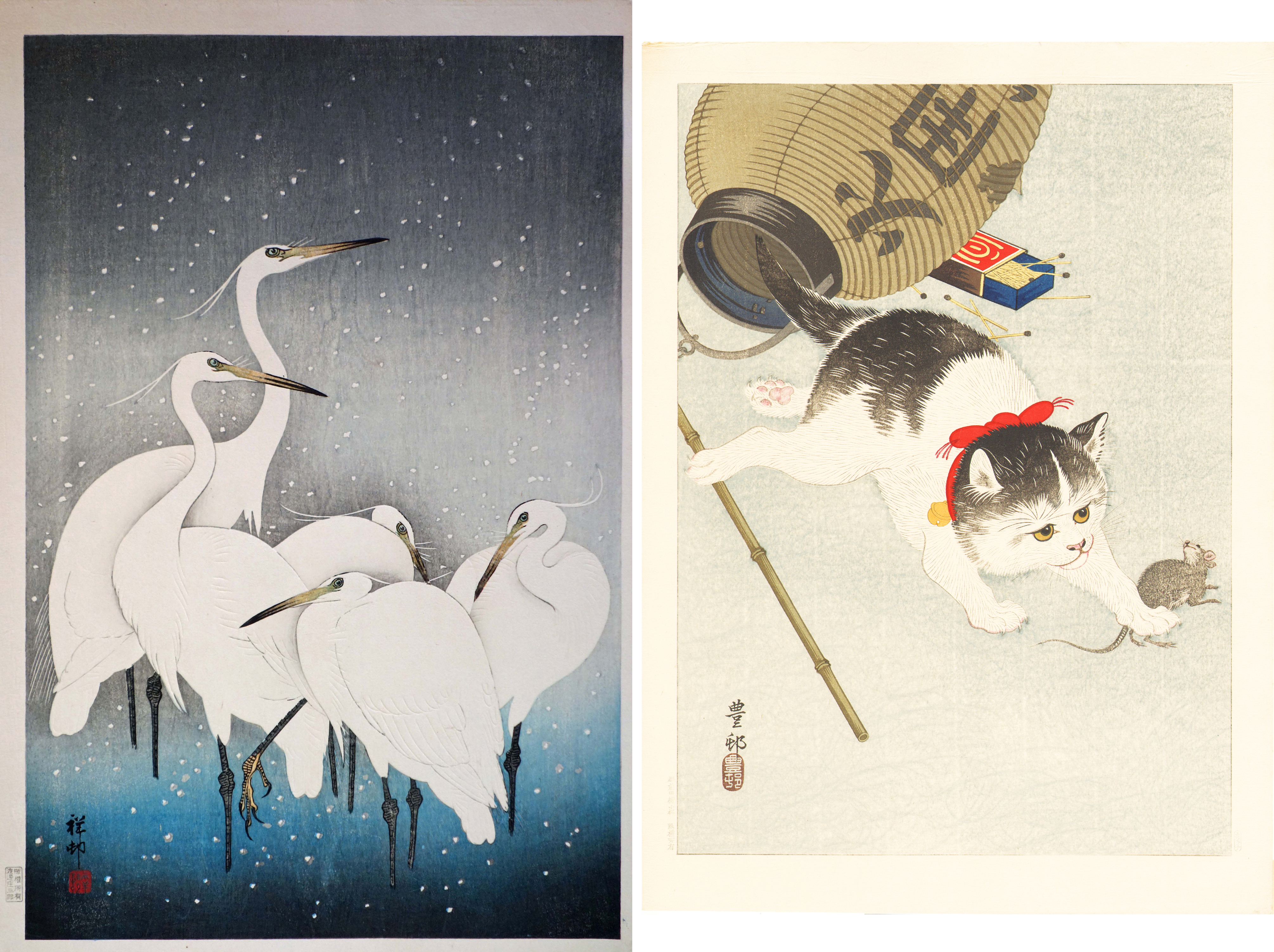By the early 1900s, Japan's rich tradition of woodblock printing was on its deathbed. The cornerstone of commercial publishing for hundreds of years, it had also spawned the floruit of ukiyo-e, one of the glories of old Edo merchant culture.
As Japan opened to the West and publishers gained access to foreign advanced technology, however, the print industry underwent a massive revolution. Suddenly, images could be produced quickly, cheaply and in much larger quantities. By comparison, woodcutting was a laborious technique that, in the case of ukiyo-e prints, could require the carving of a dozen blocks before a single image could be completed. It was a slow and cumbersome process, one that was utterly unsuited to a society rushing headlong into modernity.
Yet, just as woodblock printing seemed destined for the dustheap, two new artistic trends arose from the mid aughts of the new century to give the art form renewed purpose.



















With your current subscription plan you can comment on stories. However, before writing your first comment, please create a display name in the Profile section of your subscriber account page.